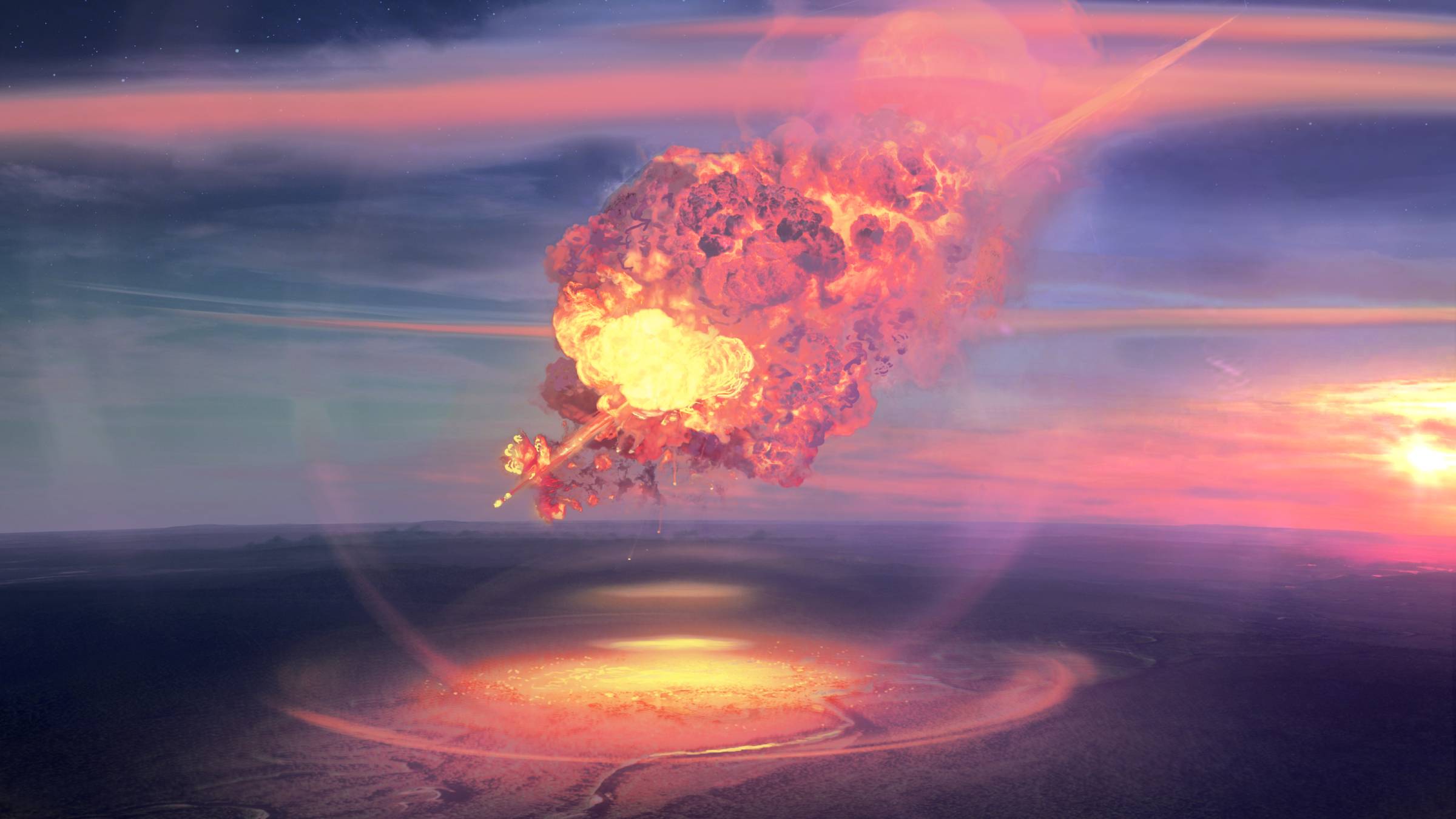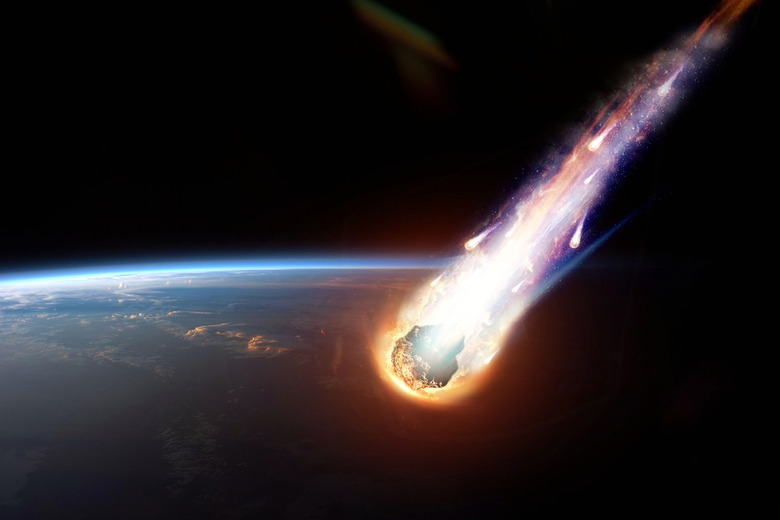This City-Killer Asteroid's Chance Of Hitting Earth In 2032 Keeps Rising
NASA has been keeping a close eye on Asteroid 2024 YR4, a city-killer asteroid that could slam into Earth in 2032. The chance of impact? Well, it just jumped to 1 in 32, making this asteroid one of the highest-risk near-Earth objects ever recorded.
Since its discovery in December 2024, Asteroid 2024 YR4 has been under constant observation. Originally, NASA estimated its impact risk at 1 in 83—a long shot, but not impossible. However, as astronomers have gathered more data, that risk has steadily climbed, from 1 in 67, to 1 in 43, and now to 1 in 32 (a 3.1 percent chance).
While a 97 percent chance of missing Earth still sounds reassuring, the steady increase in this city-killer asteroid's impact chances has certainly raised eyebrows among planetary defense experts. The European Space Agency (ESA) has also updated its estimate, giving the asteroid a 2.81 percent chance of impact.
Estimated to measure anywhere from 40 to 90 meters wide, 2024 YR4 isn't a planet-killer by any means. But it's certainly big enough to do some damage, depending on where it strikes. If it crashes into Earth, it could unleash an explosion 500 times more powerful than the Hiroshima bomb.

A direct hit to Earth could cause devastation similar to the infamous Tunguska event in 1908, which flattened 800 square miles of Siberian forest. However, even if 2024 YR4 enters Earth's atmosphere, its impact depends on what it's made of.
A stony asteroid might break apart before reaching the ground, while a metallic one could strike with full force, creating a massive explosion. Scientists are hoping the James Webb Space Telescope can help determine its composition so we can better prepare.
While it's good news that the city-killer asteroid's impact chances haven't skyrocketed yet, the bad news is we're running out of time to study it. By April 2025, 2024 YR4 will move behind the sun, making it impossible to observe until 2028, when it comes around again. That means astronomers have just a few months to watch the asteroid, refine their calculations, and determine if it really poses a threat.
If the risk remains high, space agencies might start preparing deflection strategies—ranging from nuclear explosions to kinetic impactors designed to knock the asteroid off course similar to NASA's D.A.R.T. spacecraft. There's also a chance that the asteroid will strike the moon instead of Earth, leaving yet another mark on our cosmic companion.
For now, though, the impact chances for this city-killer asteroid seem to be increasing bit by bit. Hopefully they either level out, or we start to see more of a decline. After all, planetary defense is still a very new idea for humans, and while D.A.R.T. was successful, it was a mission that came with a lot of time to plan and execute.
